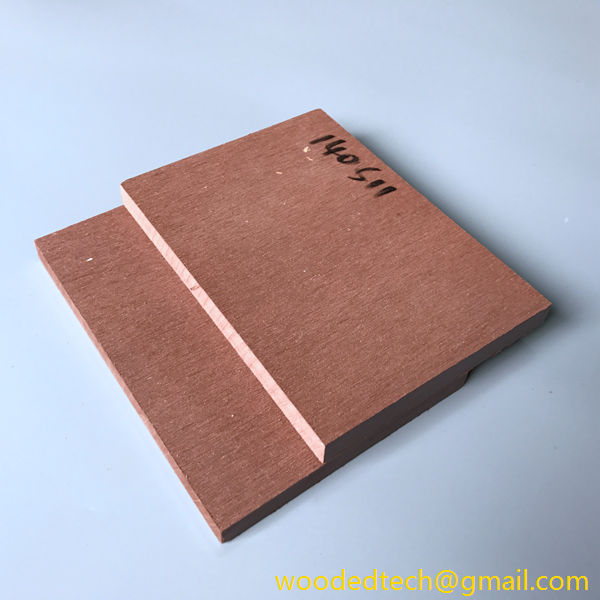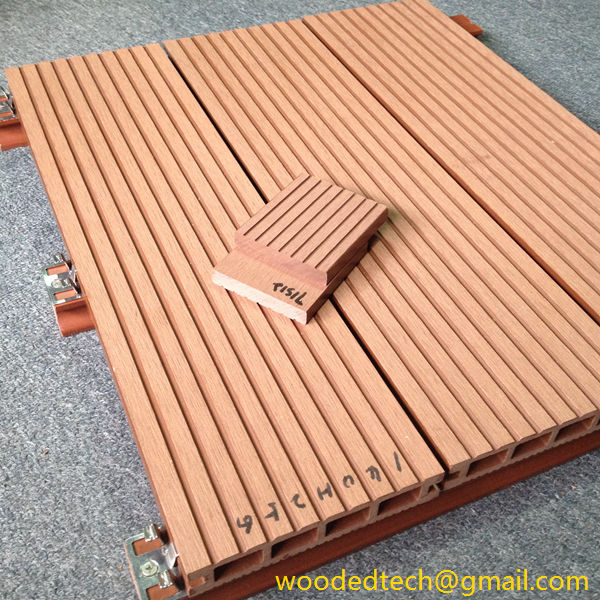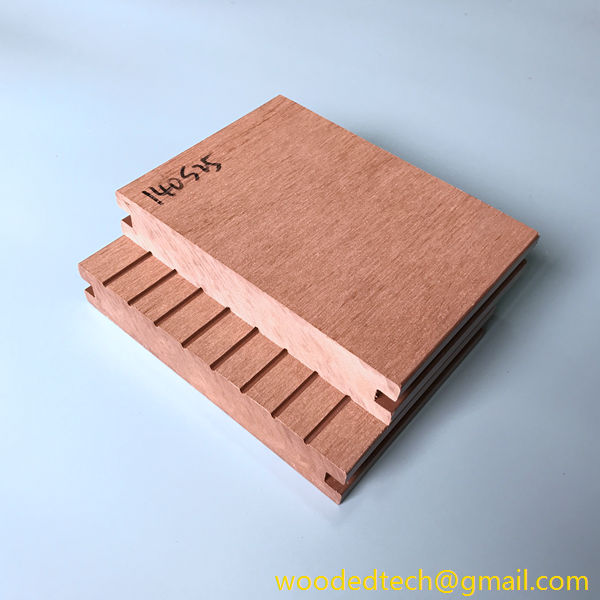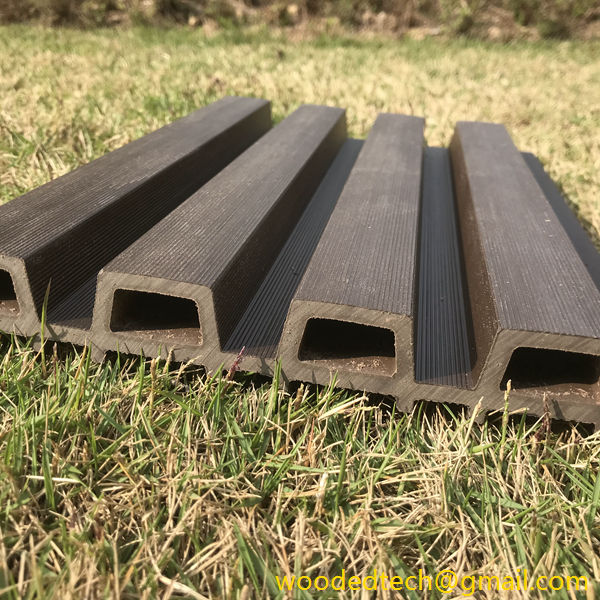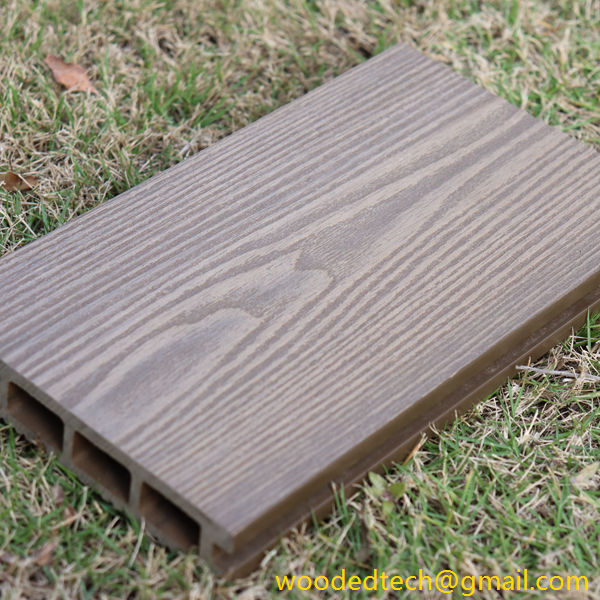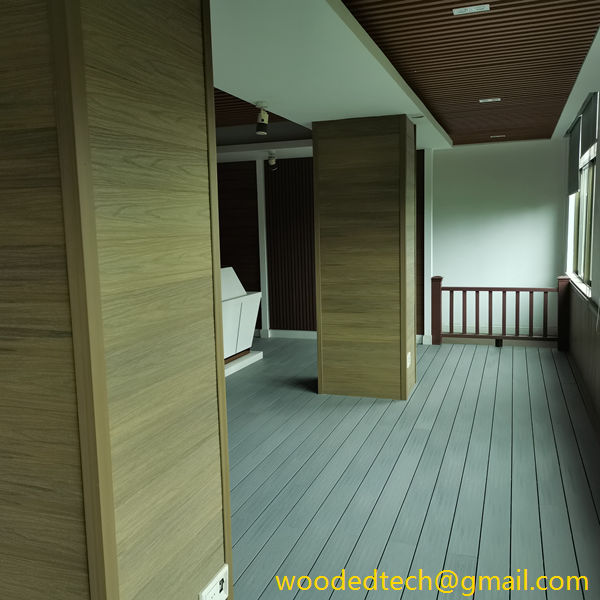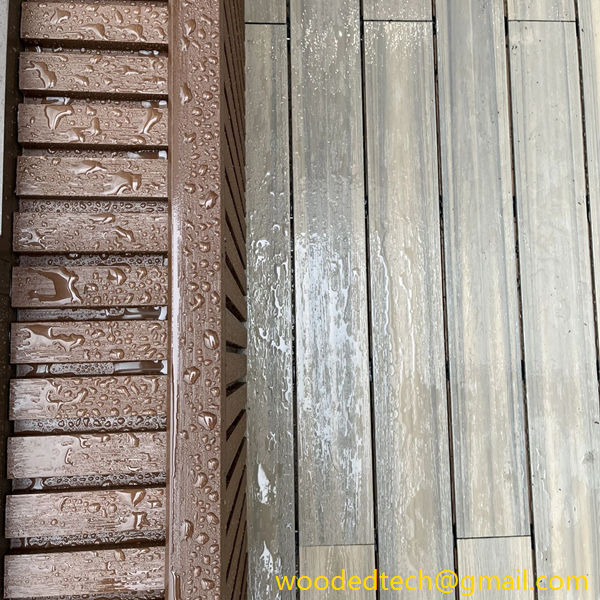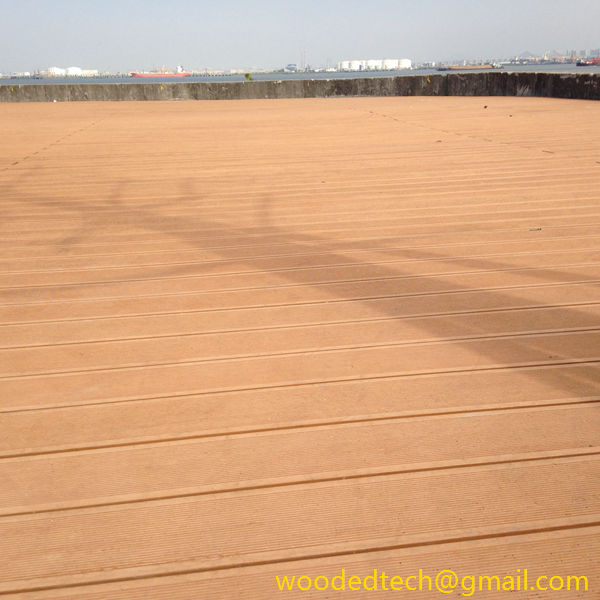Was ist eine WPC-Platte: Erfahren Sie mehr über die Vielseitigkeit von WPC-Paneelen
Was ist eine WPC-Platte: Erfahren Sie mehr über die Vielseitigkeit von WPC-Paneelen Holz-Kunststoff-Verbundplatten (WPC) haben sich aufgrund ihrer einzigartigen Zusammensetzung und ihrer vielseitigen Einsatzmöglichkeiten zu einer beliebten Wahl im Bau- und Innenausbau entwickelt. Als eine Mischung aus Holzfasern und Kunststoffen vereinen WPC-Paneele das Beste aus beiden Welten und bieten Langlebigkeit,...
Was ist eine WPC-Platte: Erfahren Sie mehr über die Vielseitigkeit von WPC-Paneelen
Wood Plastic Composite (WPC) panels have emerged as a popular choice in construction and interior design due to their unique composition and versatile applications. As a blend of wood fibers and plastic materials, WPC panels combine the best of both worlds, offering durability, aesthetic appeal, and ease of installation. This article will explore the features of WPC panels, their benefits, and their diverse applications.
WPC panels are manufactured using a combination of wood flour, plastic, and various additives. This composite material is engineered to mimic the look and feel of natural wood while providing enhanced durability and resistance to environmental factors. The result is a product that is not only attractive but also functional, making it an excellent choice for a wide range of applications.
One of the most significant advantages of WPC panels is their easy installation. Unlike traditional wood panels, which often require specialized tools and expertise for installation, WPC panels are designed for straightforward assembly. This ease of installation can save both time and money on construction projects. Most WPC panels come with interlocking edges or tongue-and-groove systems that allow for quick and simple connection. This feature makes them accessible to DIY enthusiasts and professionals alike, reducing the need for skilled labor and minimizing installation costs.
In addition to their simple installation process, WPC panels are lightweight, which further enhances their user-friendliness. Traditional wooden panels can be heavy and cumbersome, requiring additional manpower for handling and installation. In contrast, WPC panels are easy to carry and maneuver, making them ideal for various indoor and outdoor applications. This lightweight nature does not compromise their strength; they are designed to withstand significant wear and tear, making them suitable for high-traffic areas.
Another notable feature of WPC panels is their versatility in design. They are available in a wide range of colors, textures, and finishes, allowing homeowners and designers to achieve their desired aesthetic. Whether you are looking for a rustic wood look or a more modern finish, WPC panels can be customized to suit your design preferences. This versatility extends to their applications as well. WPC panels can be used for wall cladding, ceilings, flooring, and even furniture. Their adaptability makes them an excellent choice for residential, commercial, and industrial projects.
WPC panels also offer an environmentally friendly alternative to traditional materials. The wood used in WPC panels is often sourced from recycled materials, reducing the demand for new lumber and minimizing deforestation. Additionally, the plastic components in WPC panels can be made from recycled plastics, further contributing to sustainability efforts. By choosing WPC panels, consumers can make an environmentally conscious choice without sacrificing quality or aesthetics.
Durability is another significant advantage of WPC panels. They are resistant to moisture, rot, and insects, making them an ideal choice for outdoor applications such as decking and fencing. Traditional wood materials can warp, splinter, or decay when exposed to the elements, leading to costly repairs and replacements. In contrast, WPC panels can withstand exposure to rain, sunlight, and temperature fluctuations, ensuring a long-lasting solution for various construction needs.
Maintenance is another area where WPC panels excel. Unlike traditional wood, which requires regular staining and sealing to maintain its appearance, WPC panels require minimal upkeep. A simple wash with soap and water is often sufficient to keep them looking new. This low-maintenance aspect is particularly appealing for homeowners and businesses looking to reduce their ongoing maintenance costs and efforts.
In terms of safety, WPC panels are non-toxic and free from harmful chemicals, making them a safe choice for both indoor and outdoor environments. This feature is especially important for families with young children or pets, as well as for commercial spaces where health and safety regulations must be adhered to.
WPC panels also provide excellent insulation properties, which can contribute to energy efficiency in buildings. Their composite structure helps to reduce heat transfer, making it easier to maintain comfortable indoor temperatures. This energy-efficient aspect can lead to lower heating and cooling costs, providing additional long-term savings for homeowners and businesses.
In conclusion, WPC panels represent a revolutionary advancement in construction and design materials. Their combination of wood and plastic provides a versatile, durable, and eco-friendly solution for a wide range of applications. With easy installation, lightweight construction, low maintenance, and an array of design options, WPC panels cater to the needs of modern consumers and builders alike. Whether you are looking to enhance your home’s interior, create an inviting outdoor space, or undertake a commercial project, WPC panels offer the flexibility and functionality required to meet your goals. By choosing WPC panels, you are not only investing in quality materials but also making a sustainable choice that benefits the environment.

